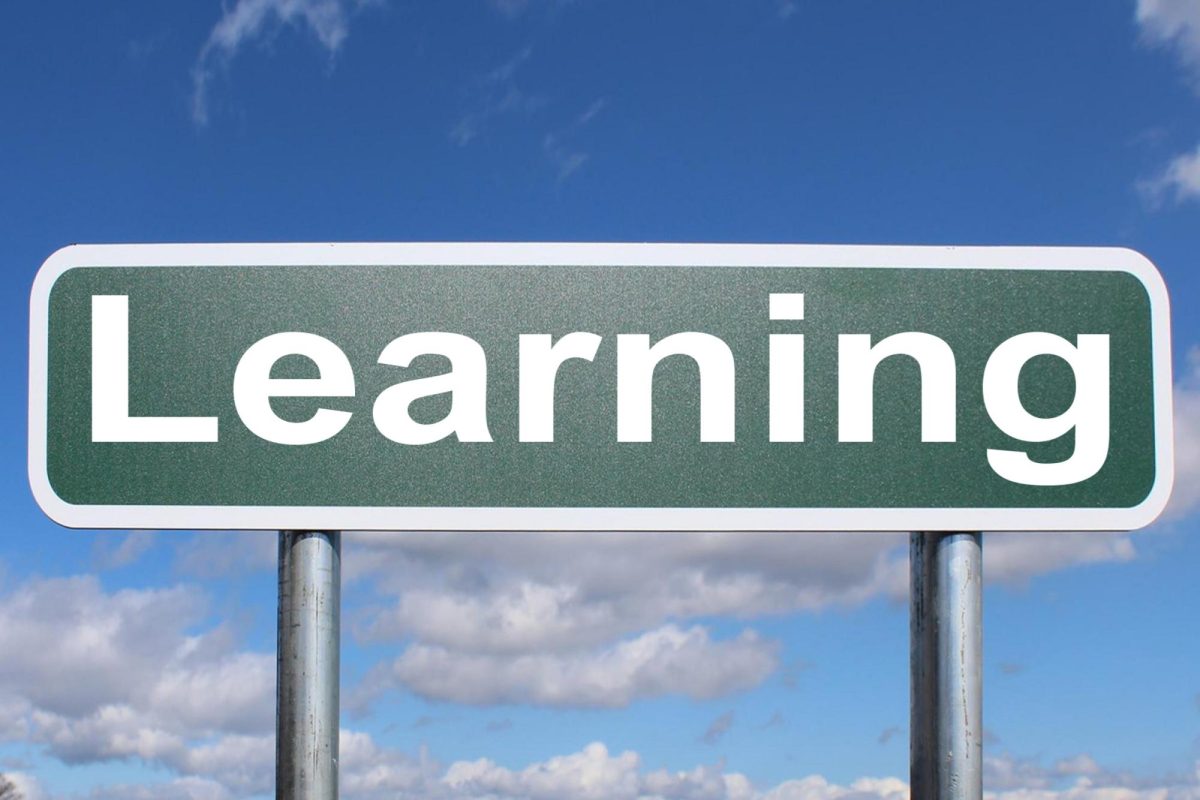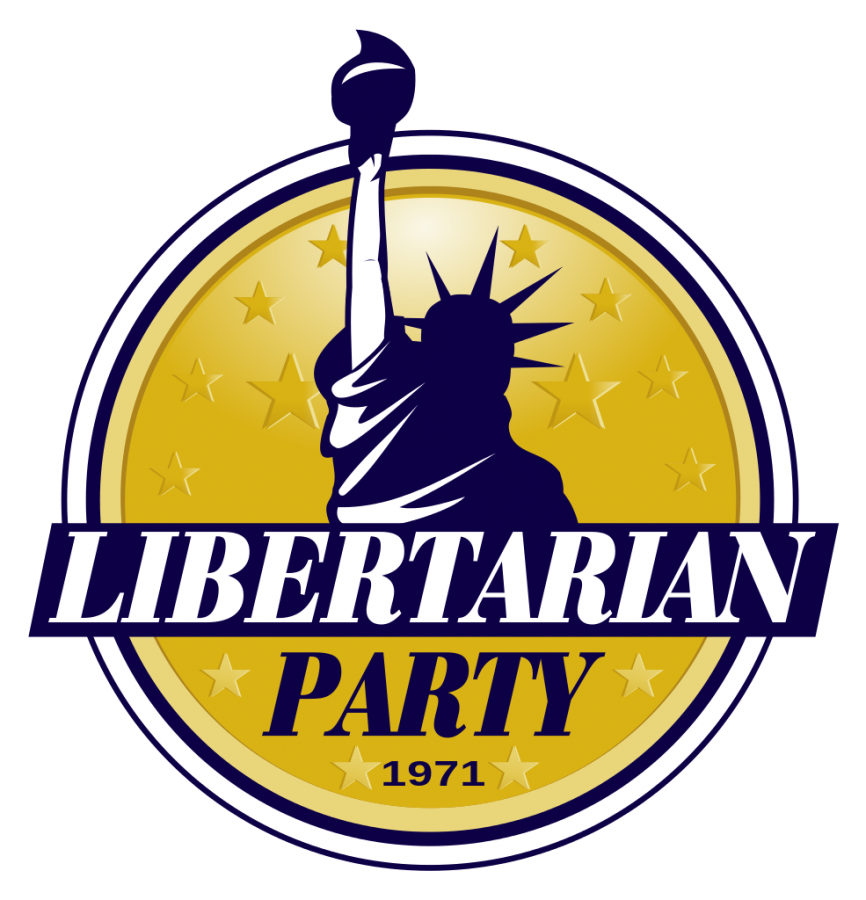Being adopted, I never had clear answers to my biological history. From what my parents told me they were, I am Sicilian, German, Scottish, Irish and English by association, and for a long time, that was all I could say. However, when I was fifteen, an Ancestry.com DNA kit gave me the opportunity to learn about who I am. As it turns out, I’m German, Norwegian, Swedish, Scottish, Irish, Welsh, French and English.
There were other sites I could’ve used to discover my history such as 23andMe which, according to an article on its FAQ page, “analyzes variations at specific positions in your genome. These variations, called SNPs (Single Nucleotide Polymorphisms), have the potential to tell you about your ancestry, your traits—such as eye or hair color—and certain health conditions.”
Other options include Living DNA, HomeDNA, National Geographic Genographic Project, or MyHeritage DNA. I also could’ve visited a laboratory where they would’ve taken a sample of my blood. Instead, I chose to spit in a vial for AncestryDNA.
Out of all the possible DNA sites to use, AncestryDNA is unique in its features which are the most useful to those that are adopted and curious to understand their genetic story.
For one thing, in one of the articles on the site’s support page, it states that AncestryDNA is comprehensive; this is that it provides matches on both the paternal side and the maternal side.
So, how does this work? A match is a potential relative that the system provides based on shared regions and migrations. The categories range from immediate family to distant cousins, even up to your fifth-eighth cousins.
However, from personal experience, it’s suggested one should not expect the site to explicitly explain whether the relatives are paternal or maternal. The rationale for this is that all matches might not be a relative, but the system does provide a measure of the likelihood for each match.
Matches with higher likelihoods tend to go with potential relatives who would share a higher percentage in DNA such as immediate family and first cousins. In reverse, the farther the distance in the category, the lesser the likelihood of the match being a relative.
Another unique feature to AncestryDNA is that it’s gender-neutral. The page states, “Both men and women can take our test, and everyone is tested in the same way for the same number of markers and provided with the same level of detail in test results.”
AncestryDNA also “predicts recent genetic ethnicity.” It compares one’s DNA to samples around the world “to find out more about your family’s background and ethnic history–not ancient history, but the people and places that matter to you.”
This is due to regular improvements in the technology used to test one’s DNA. For example, in the initial results of my test, the system believed I had a small percentage of ancestry from the Iberian Peninsula and a fraction from Southern Europe; however, the system has merged my slight Eastern European results to Russia.
On the article’s list of features, the site claims to “provide enhanced DNA matching.” It further explains, “Collaboration with DNA matches can provide new insights, and features like DNA Circles, New Ancestor Discoveries, and Shared Ancestor Hints can provide additional information to help break through brick walls in research.”
The article also states, “It’s paired with the world’s largest online family history resource.” The article then goes on to explain, “In addition to offering a personalized site experience with interactive tools and features that enhance your family history search, AncestryDNA® benefits from being a member of the vast resources of Ancestry. Family trees, historical records, and a DNA database of over 10 million people are just some of the family history features available on Ancestry.”
The enhanced DNA matching and the pairing with the online resources provided on the site go hand in hand. For instance, Shared Ancestors Hints can only occur when one has a public family tree created on the site. The reason for this is that Shared Ancestor Hints are information from the online resources that coincide with a person on one’s family tree.
The same goes for DNA Circles. With the help of the family trees and the Shared Ancestor Hint, DNA Circles represent confirmed relationships between the user and their ancestor.
Biology teacher Cody Smith believes that DNA testing is the future of medicine. He explained, “I think DNA testing is the future of medicine. As biologists work to identify genetic markers and sequences, we will be able to spot potential medical situations sooner. A general rule of thumb for any diseases, ailment, or sickness is the earlier it is diagnosed, the better the chance of survival. So in that light, I do not have any concerns with DNA testing at the present time. As the tests get better, more ethical questions will arise.”
On AncestryDNA in particular, Smith sees it as an interesting and unique way to the average person engaged in science and biotechnology, and those who utilize these methods need to better understand to what they’re contributing.
“Many of the tests like AncestryDNA use the information in your sample to add to their database. AncestryDNA is all about patterns, and every time someone submits a sample, they use it to add more information into the pattern to strengthen the results,” he said.
Smith believes the technology used to test DNA will continue to improve.
“I think there are two major ways that DNA testing will improve,” said Smith. “The first is the tests will become more specific. As scientists identify more and more sequences/patterns in DNA that have meaning (characteristics, diseases, etc…) we will develop tests to spot them. The second way that the DNA testing will improve is in speed, efficiency, and cost. Right now getting your DNA analyzed in detail is a rather time-consuming and expensive process, much like all technology, as it improves it will get cheaper.”



